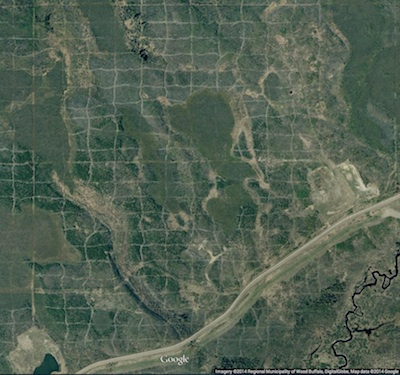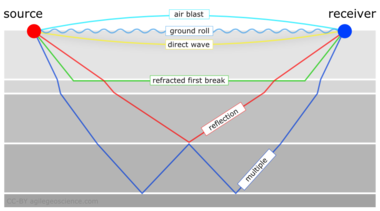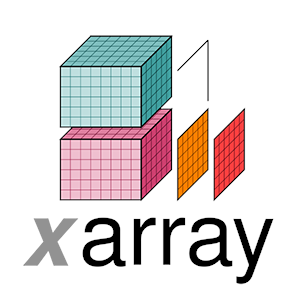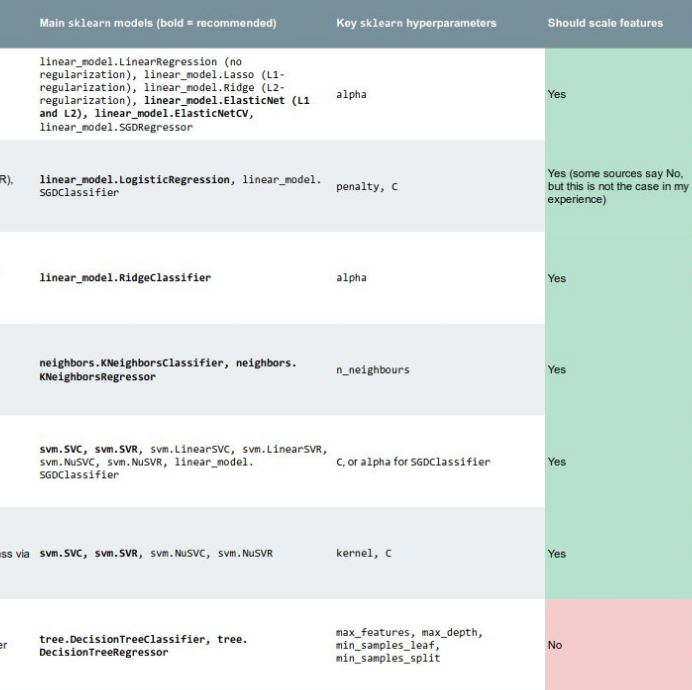2014 retrospective
/At this time of year, we look back at the best of the blog — what were the most read, the most contentious, the most informative posts of the year? If you only stop by once every 12 months, this is the post for you!
Your favourites
Let's turn to the data first. Which posts got the most hits this year? Older posts have a time advantage of course, but here are the most popular new posts, starting with the SEG-Y double-bill:
- What is SEG-Y? and How to load SEG-Y, March
- It's the GGGG (giant geoscience gift guide), December
- Six books about seismic analysis, July
It's hard to say exactly how much attention a given post gets, because they sit on the front page of the site for a couple of weeks. Overall we got about 150 000 pageviews this year, and I think Well tie workflow — the most-read old post on the site this year — might have been read (okay, looked at) 5000 or so times.
I do love how some of our posts keep on giving: none of the top posts this year topped this year's readership of some golden oldies: Well tie workflow (written in April 2013), Six books about seismic interpretation (March 2013), k is for wavenumber (May 2012), Interpreting spectral gamma-ray logs (February 2013), or Polarity cartoons (April 2012).
What got people talking
When it all goes quiet on the comments, I worry that we're not provocative enough. But some posts provoke a good deal of chat, and always bring more clarity and depth to the issue. Don't miss the comments in Lusi's 8th birthday...
- Lusi's 8th birthday, 18 comments, mostly because of an epic argument.
- Data management fairy tales, 16 comments, and 10 ways to improve your data store, 12 comments.
- Are we alright? 13 comments, another contentious post.
Our favourites
We have our favourites too. Perhaps because a lot of work went into them (like Evan's posts about programming), or because they felt like important things to say (as in the 'two sides' post), or because they feel like part of a bigger idea.
Where is everybody?
We don't collect detailed demographic data, but it's fun to see how people are reading, and roughly where they are. One surprise: the number of mobile readers did not rise this year — it's still about 15%. The top 10 cities were
- Houston, USA
- Calgary, Canada
- London, UK
- Perth, Australia
- Ludwigshafen, Germany
- Denver, USA
- Aberdeen, UK
- Moscow, Russia
- Stavanger, Norway
- Kuala Lumpur, Malaysia
Last thing
Thank You for reading! Seriously: we want to be a useful and interesting part of our community, so every glance at our posts, every comment, and every share, help us figure out how to be more useful and more interesting. We aim to get better still next year, with more tips and tricks, more code, more rants, and more conference reports — we look forward to sharing everything Agile with you in 2015.
If this week is Christmas for you, then enjoy the season. All the best for the new year!
Previous Retrospective posts... 2011 retrospective • 2012 retrospective • 2013 retrospective






































 Except where noted, this content is licensed
Except where noted, this content is licensed